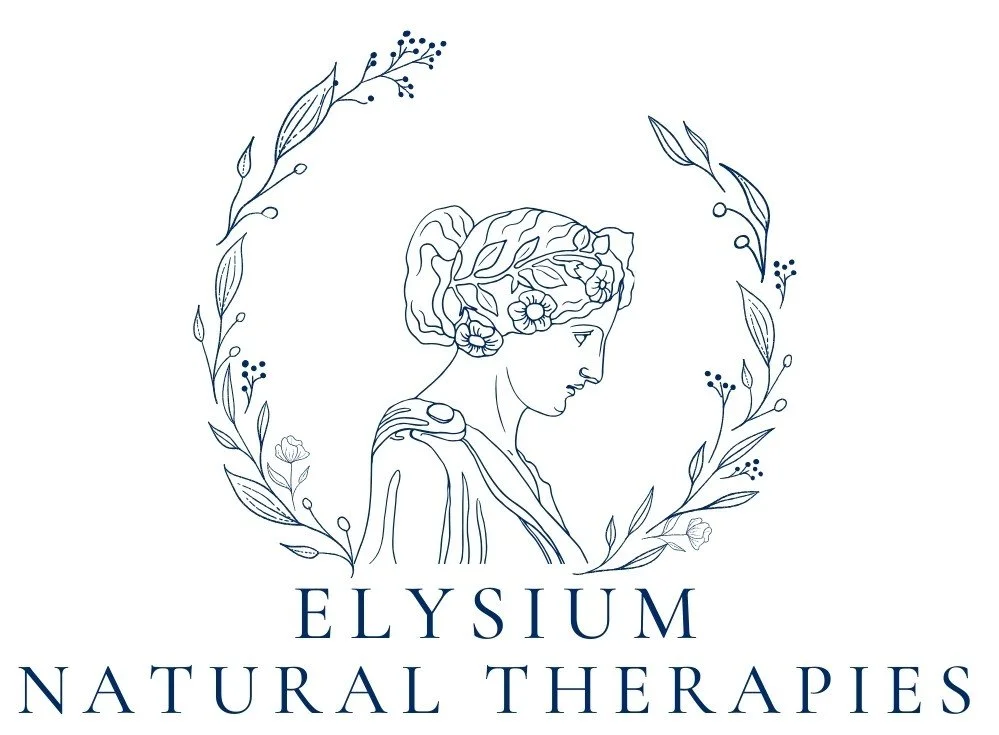The Triad of Health: Why True Healing Requires Balance in Body, Mind, and Spirit
The Missing Piece in Your Healing
Have you ever noticed that when you're stressed, your body starts to hurt? Or when you're not eating well, your mood plummets? Or when you have chronic pain, anxiety seems to intensify?
This isn't coincidence. It's the Triad of Health in action.
For years, Western medicine has treated health issues in isolation—a pill for your headache, therapy for your anxiety, physical therapy for your back pain. But what if I told you that these issues are rarely isolated? What if your headache, anxiety, and back pain are all connected, all influencing each other in ways traditional medicine often overlooks?
That's where the Triad of Health comes in.
This holistic framework, used extensively in kinesiology and natural medicine, recognizes that true healing can only occur when we address health from three interconnected dimensions: Structural, Mental, and Emotional.
What Is the Triad of Health?
Imagine an equilateral triangle. Each side represents a different aspect of your health:
1. STRUCTURAL (Physical) This is your musculoskeletal system—your bones, muscles, joints, posture, physical alignment and nutrition. It includes everything from chronic back pain to jaw tension to how you hold your body throughout the day.
2. MENTAL (Psychological thoughts) This encompasses your body's internal critic. This is your mental health and involves any limiting beliefs, your subconscious sabotages or addictions, your behavioral patterns or reactions.
3. EMOTIONAL (Heart space) This is your emotional wellbeing, stress levels, unresolved trauma, and spiritual connection.
Here's the crucial part: These three sides must remain balanced. When one side becomes compromised, the other two are affected. The triangle becomes unstable, and symptoms appear often in unexpected places.
Why Traditional Medicine Often Misses This
Modern Western medicine excels at acute care and life-saving interventions. But for chronic health issues, it often falls short because it tends to treat symptoms in isolation rather than looking at the whole system.
You might see:
A doctor for your migraines (who prescribes medication)
A therapist for your anxiety (who offers talk therapy)
A chiropractor for your neck pain (who adjusts your spine)
But rarely does anyone ask how all three might be connected.
The Triad of Health framework recognizes that:
Your migraines might be triggered by emotional stress AND nutritional deficiencies AND neck tension
Your anxiety might be worsened by blood sugar imbalances AND unresolved trauma AND poor posture affecting your breathing
Your chronic fatigue might stem from emotional burnout AND hormonal imbalances AND physical inflammation
Treating just one side of the triangle provides temporary relief at best.
How Kinesiology Uses the Triad of Health
This is where Emotions & Metaphysical Kinesiology (EMK) becomes so powerful.
EMK uses muscle reflex testing to assess all three sides of your health triangle simultaneously:
Structural Assessment: Through muscle testing, we can identify which muscles are weak or imbalanced, where you're holding tension, and how your body's structure is affecting your overall health.
Mental Assessment: We can identify limiting beliefs, any addictions affecting your emotional state.
Emotional Assessment: Perhaps most importantly, EMK accesses your subconscious mind to identify trapped emotions, unresolved trauma, and stress patterns that are impacting your physical and mental health.
By addressing all three simultaneously, we can create lasting, holistic healing rather than temporary symptom management.
Bringing Your Triad Back Into Balance
So how do you restore balance to your health triangle?
1. Acknowledge the Connection Start recognizing how your structural, chemical, and emotional health influence each other. Notice patterns. Does stress trigger physical pain? Does poor diet affect your mood? Does body pain increase anxiety?
2. Address All Three Dimensions Stop trying to fix health issues in isolation. When working on physical pain, also consider your stress levels and nutrition. When addressing anxiety, also look at your body's biochemistry and physical tension patterns.
3. Work With Practitioners Who See the Whole Picture Seek out holistic practitioners—kinesiologists, functional medicine doctors, integrative therapists—who understand and work with the Triad of Health framework.
4. Use Kinesiology to Identify Hidden Imbalances Muscle testing can reveal which side of your triangle needs the most attention and where hidden stressors are affecting your system. It's like having a roadmap for your healing journey.
5. Make Sustainable Changes Across All Areas
Structural: Movement, bodywork, hydration, releasing physical tension
Mental: Whole foods nutrition, reducing toxins and toxic environment, addressing subconscious patterns
Emotional: Stress management, trauma release, mindfulness, therapy
Start Your Holistic Healing Journey
If you've been struggling with chronic health issues that won't resolve despite trying different treatments, it might be time to look at your whole health triangle.
The Triad of Health isn't just a concept—it's a practical framework for understanding why you feel the way you do and what needs to change for true, lasting healing.
Ready to bring your health triangle back into balance?
Through Emotions & Metaphysical Kinesiology, we can assess all three dimensions of your health, identify where imbalances exist, and create a personalized plan to restore harmony to your body, mind, and spirit.
You don't have to keep treating symptoms in isolation. You deserve comprehensive, holistic care that addresses the root causes of your struggles.
Book Your EMK Session Today
Let's work together to assess your Triad of Health and create lasting transformation across all dimensions of your wellbeing.



